507 Yancey St, 2003
507 Yancey was built in 1901 on land that originally 'belonged' to 602 South Duke Street, the James W. Blackwell house.
James W. Blackwell, brother of WT Blackwell (of Blackwell's Durham Tobacco fame) built his house at the southwest corner of Lee (later Duke) Street and Yancey Street sometime between 1881 and 1887. The house first appears in the City Directory of 1887, which included a map of prominent Durham locations. (#30)
An early photograph, taken sometime in the 1880s from Blackwell's Durham Tobacco Co. (later the American Tobacco complex, looking west, shows the house sitting at the edge of the developed area southwest of the center of town.
Looking southwest, 1880s. I've noted 602 South Duke with an arrow. 507 Yancey was later built on the empty land behind it.
(Courtesy Herald-Sun)
602 South Duke, with unusual trapezoidal gables and cruciform layout, is visible on the 1891 Bird's Eye of Durham, above. There are other houses to the west of it in this Bird's Eye, which do not conform to the layout of 505 and 507 Yancey
(Courtesy Duke Rare Book and Manuscript Collection)
Blackwell had a number of careers, including work with the tobacco company, head of the Builder's Manufacturer's Supply Co., and a cashier for the Durham Water Company. He also bought and sold real estate, and later lived at 701 Jackson St. after selling 602 South Duke in the 1890s.
In 1901, the house was owned for a time by HN Snow, who subdivided the large lot that the house was on, building
505 Yancey, 507 Yancey, and
604 S. Duke on the original lot.
505 and 507 Yancey built as similar, triple-A roofline cottages, hall-and-parlor style, with a two room wing extending back from one of the rooms. The center hall exited onto a rear porch that extended the length of the wing, and provided access to those rooms to maximize bedroom space.
507 Yancey was built with a set of 24" french doors (48") opening; the grade provided room for a full basement under the wing, which was used as a kitchen per Gene Franklin, who spent time in the house as a youth. In gutting portions of the house, it became apparent that much of the framing lumber was salvaged from an earlier dwelling (or several.)
The house was rented to a series of tenants over its first ~17 years. On March 6, 1918, 505 and 507 Yancey were sold to Durham Realty and Insurance Company. On June 18, 1918 DR&I resold the property to Liggett and Myers (with 505, as a single parcel.) Liggett evidently rented out the houses - I assume to their employees.
However, just 3 years later, Liggett decided to dispose of the various properties they had purchased in 1918. They sold the properties to First National Trust in February 1921. First National Trust divided 505 and 507 into individual houses/lots. On October 14, 1921, 507 Yancey was conveyed to Minnie Beck Franklin. Franklin and her husband Otho lived in the house for 30 years; Otho was a tool grinder, Minnie worked at Liggett and Myers.
Minnie Beck Franklin in 507 Yancey St. (Gene Franklin)
Photograph from Vickers Ave. looking east-northeast at the back side of the houses on the south side of Yancey St. 507 Yancey is the gable and wing house near the center of the frame with the brick lower level. (William Franklin Warren Collection, Durham County Library)
On June 30, 1951, Minnie conveyed the property to her daughter, Nora. Nora worked at the Durham Laundry Company.
The character of the surrounding neighborhood changed dramatically in 1967-1968. Construction of the Durham Freeway severed the 500 and 600 block of Yancey from Morehead Hill and the West end to the west. Urban Renewal demolished the entirety of the neighborhood to the east of the 500 block of Yancey (east of South Duke Street.) The intent, if not the action, was to convert the small remaining residential area to commercial/institutional use (the zoning implemented after the demolition and Freeway construction.)
The southern (lower) of the two areas outlined in red is the small residential pocket containing 507 Yancey Street. The former connection with the neighborhood to the west is still apparent .
On October 1, 1971, Nora conveyed the property to WInston Moore not long before her death, ending 50 years of Franklin family owner-occupancy at 507 Yancey.
Moore removed almost everything interesting from the house in turning it into a duplex. The two 24" doors were removed, most of the front porch was enclosed, windows replaced, etc. The house was rented as a duplex for 12 years.
507 Yancey, 1979 (SHPO)
In 1983 tenants William and Katherine Pfieffer purchased the house. They added a rear addition in 1989.
In 1997, the house was purchased by Gary Kueber.
The first week in the new house, May 1997. (G. Kueber, Sr.)
from 1997-2003, Kueber restored the original features of the house, and undid much of the Home Depot-style renovations done from 1971-1990. (I.e., big holes in siding filled with globs of paper towels and caulk.)
Summer 1998. (G. Kueber)
Summer 1999 (on the extreme left you can see the baby cypress that came up from New Orleans.) (G. Kueber)
Summer 2001. (G. Kueber)
01.03.02. (G. Kueber)
July 2002. (G. Kueber)
12.24.02 (big pile of ice storm limbs out front.) (G. Kueber)
Early 2003. (G. Kueber)
Early spring 2003
Stripped back to the original interior - early spring 2003. (G. Kueber)
Rebuilding the bricked-in, sheetrocked-over fireplace, Spring 2003. (G. Kueber)
In 2003, Kueber won a Pyne Preservation Award from Preservation Durham for his restoration of the house.
507 Yancey St, Summer 2003 (G. Kueber)
05.19.06 (G. Kueber)
03.18.12 (See my cypress tree!) (G. Kueber)
03.18.12 (G. Kueber)
06.10.14 (G. Kueber)
12.05.2015 - Kueber's last day in the house - semi-recreation of the May 1997 picture, 19 years later.
In 2016, Gary moved this house to 803 Vickers Avenue.
12.15.2015 (G. Kueber)
01.11.2016 (G. Kueber)
505-507 Yancey, 03.05.2016 (G. Kueber)
03.06.2016 (G. Kueber)
04.10.2016 (G. Kueber)
04.10.2016 (G. Kueber)
04.10.2016 (G. Kueber)
03.07.2017 (G. Kueber)
Read the rest of this house's story here: 803 Vickers Avenue.



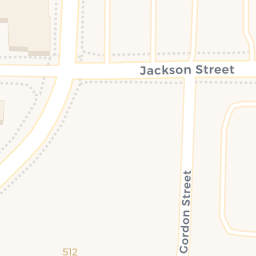








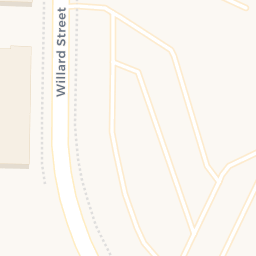








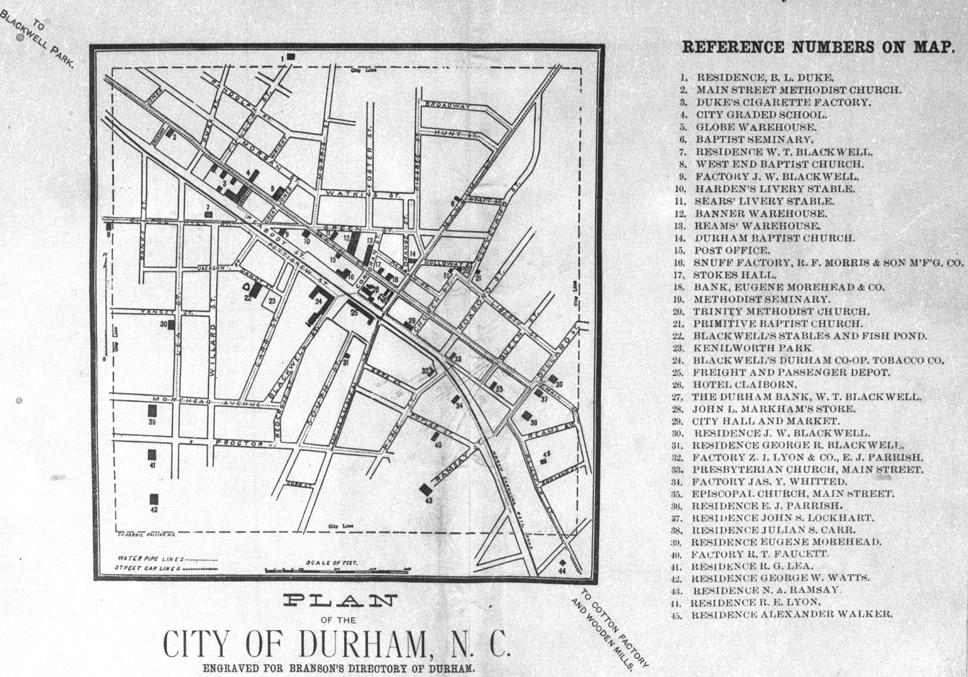
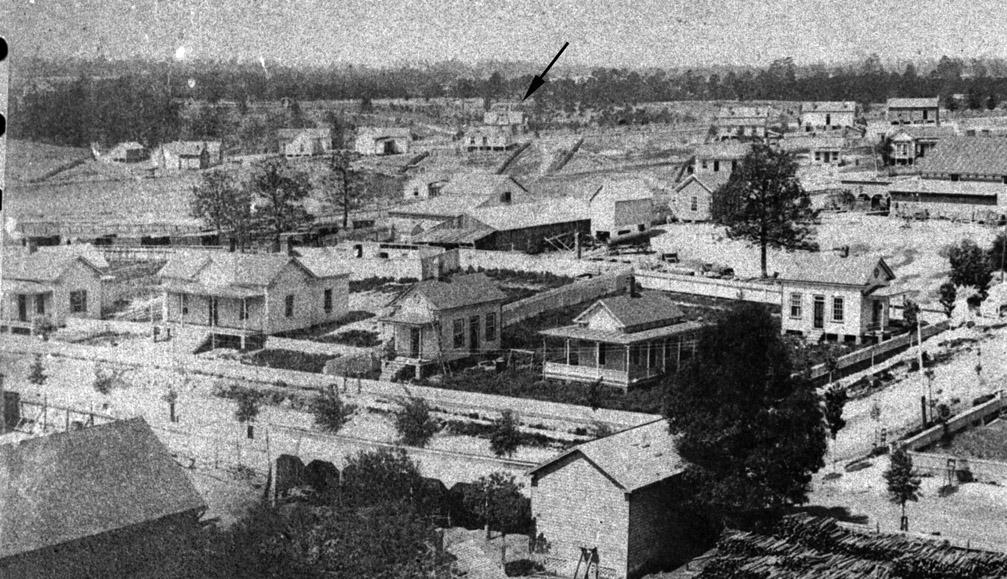
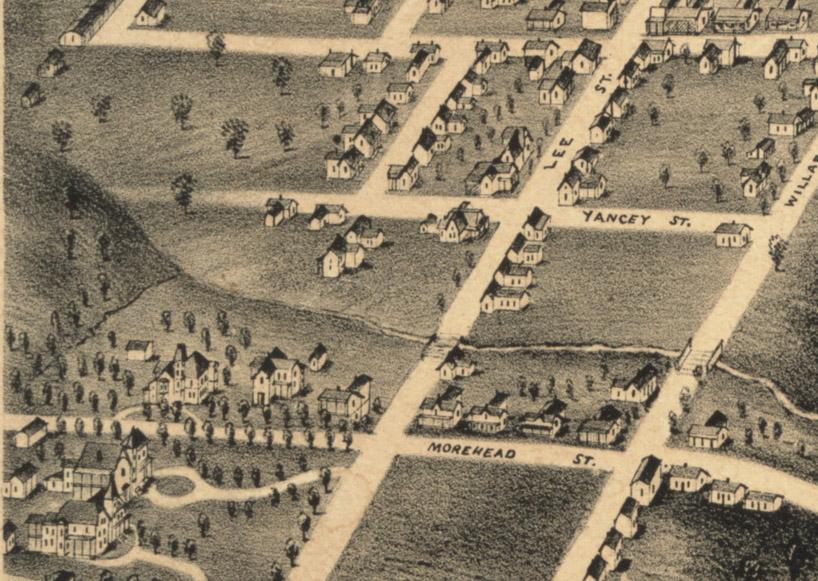
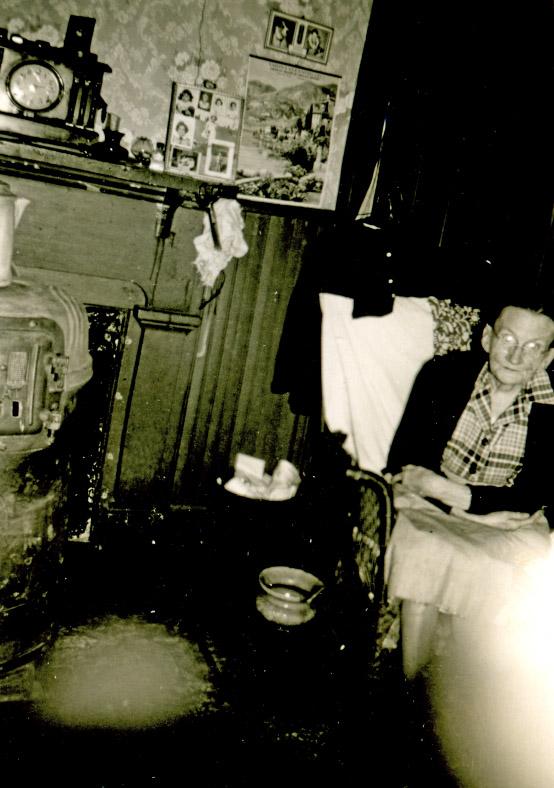
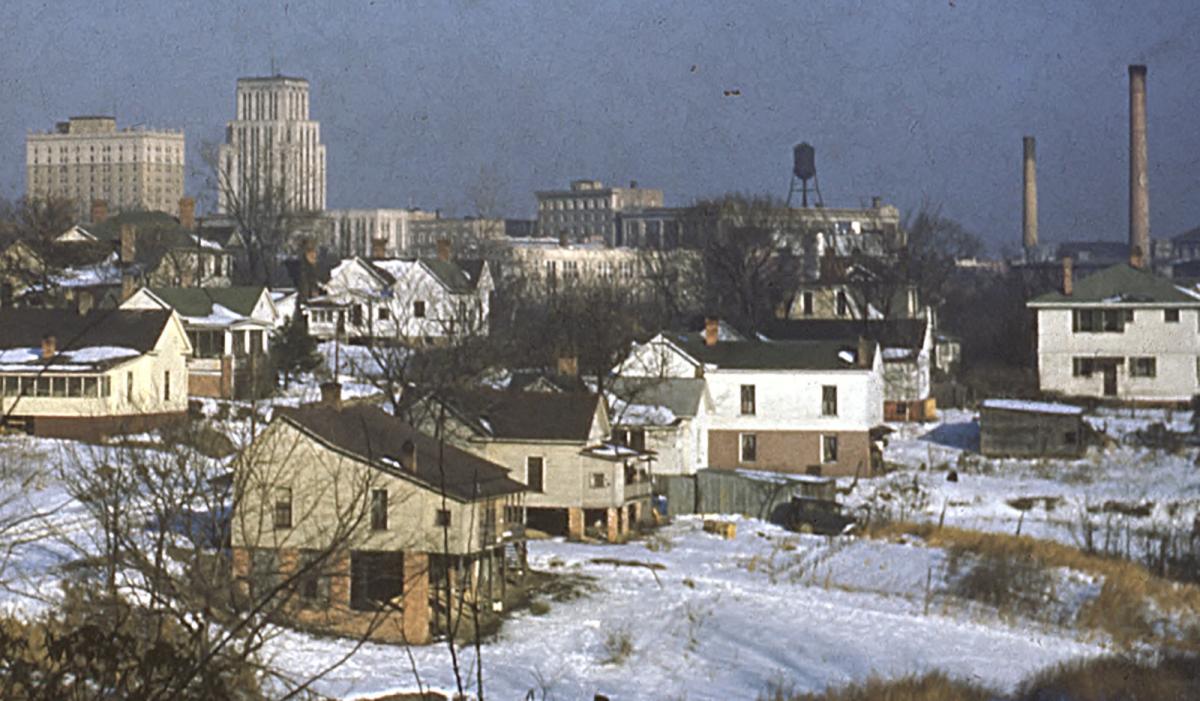
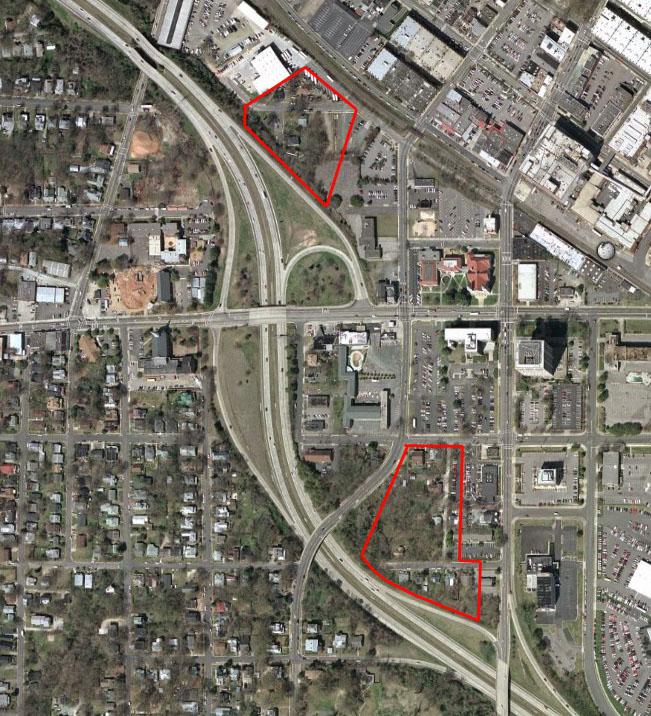
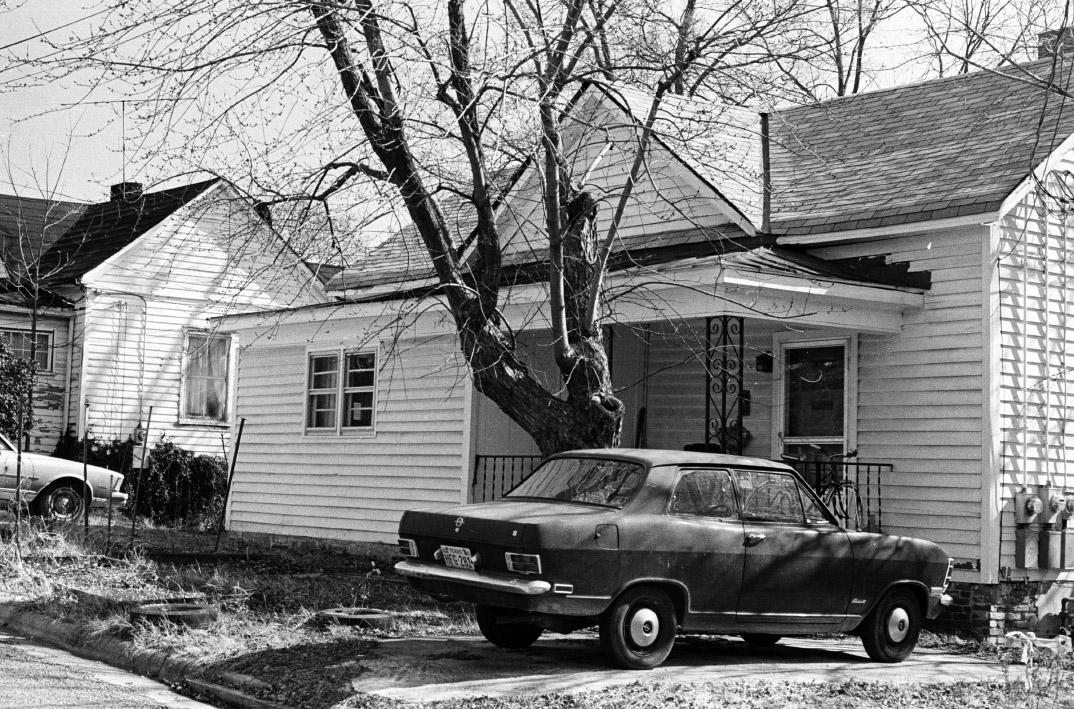
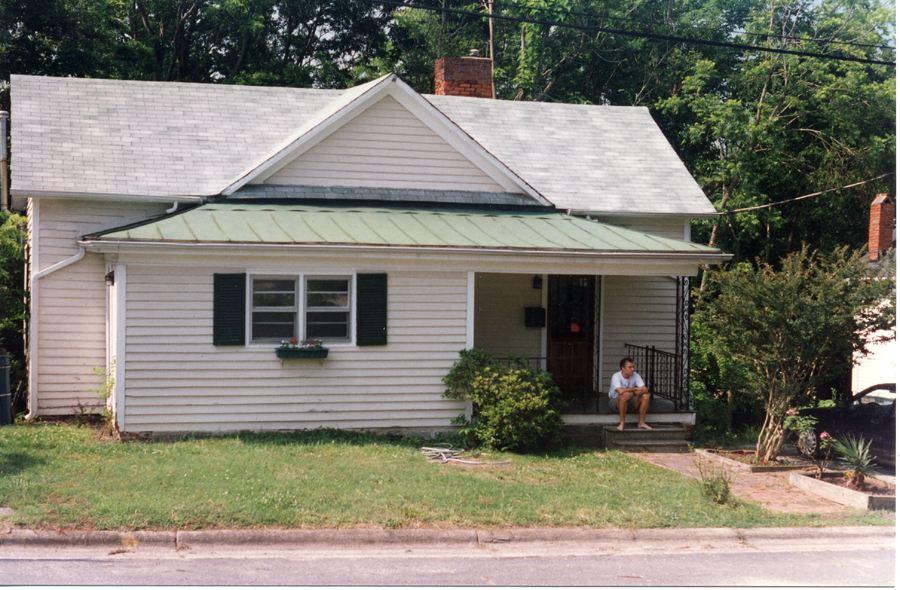
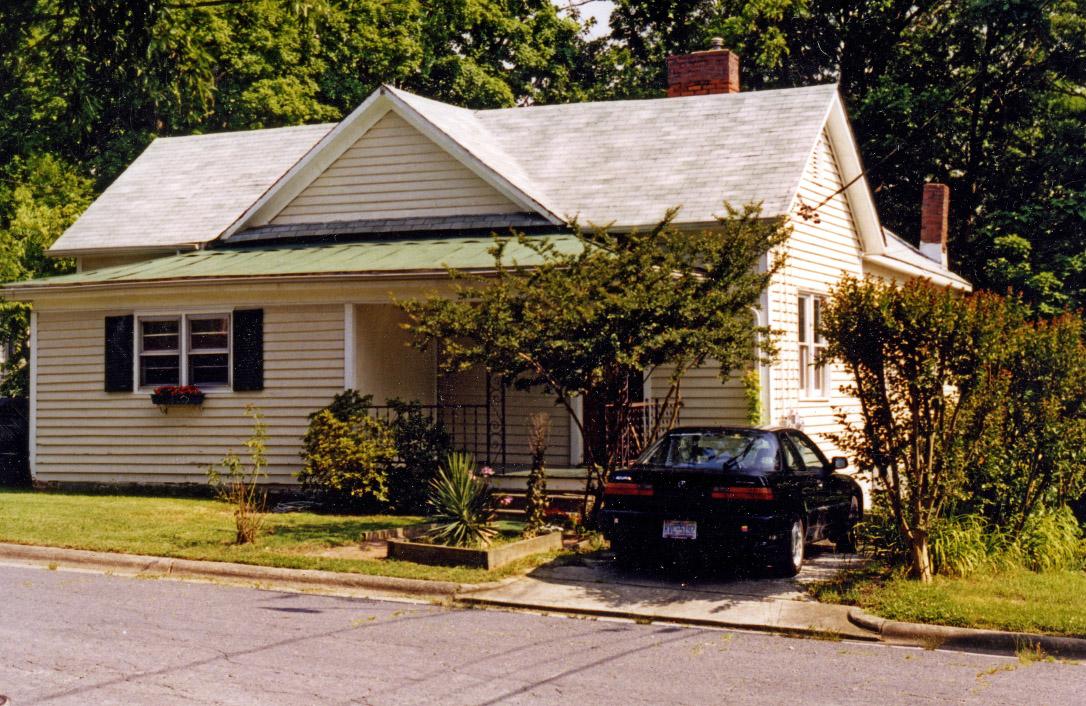
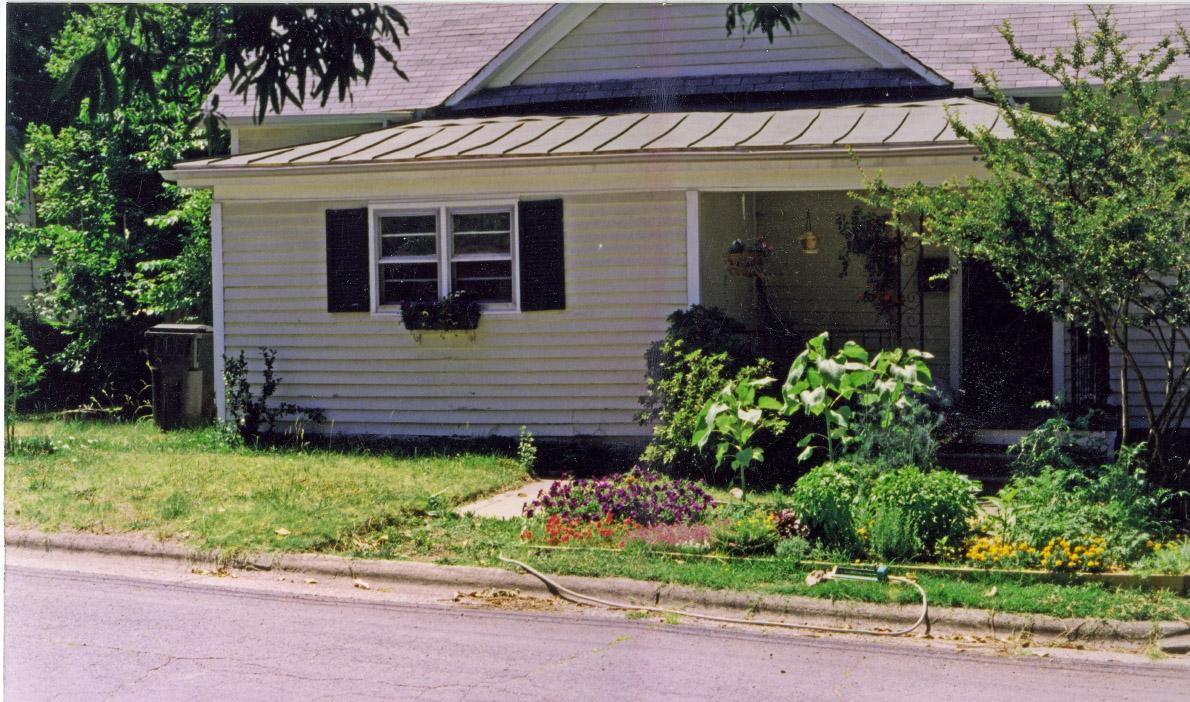
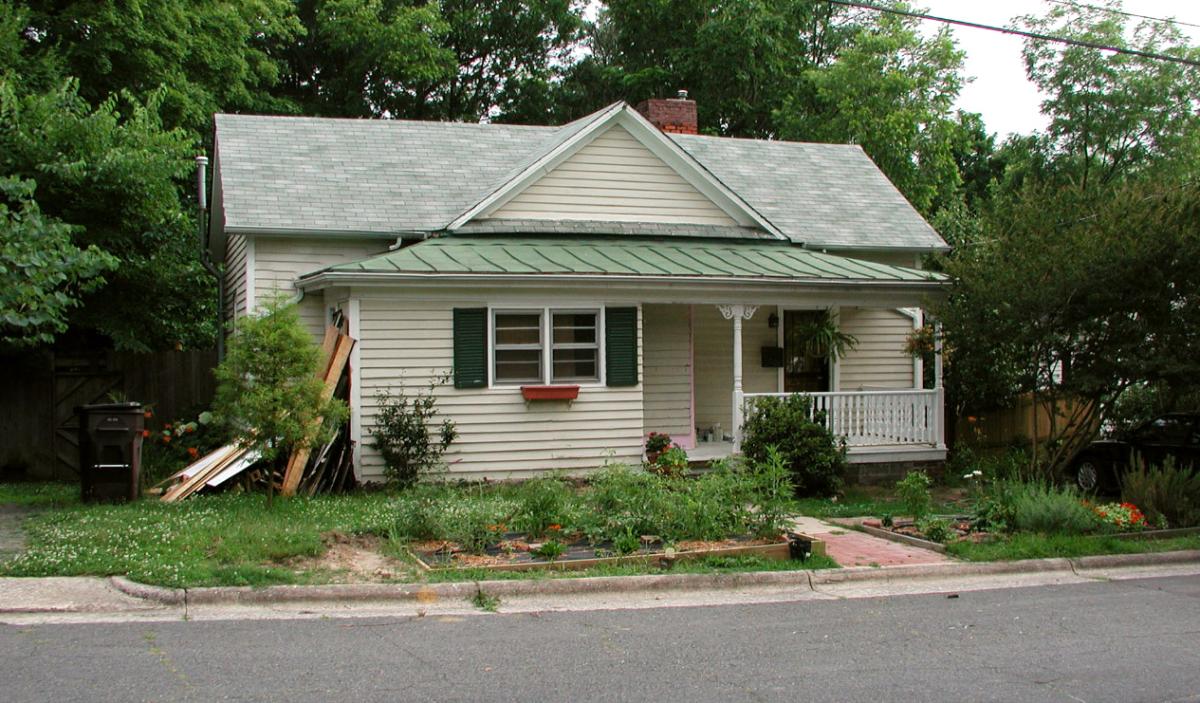
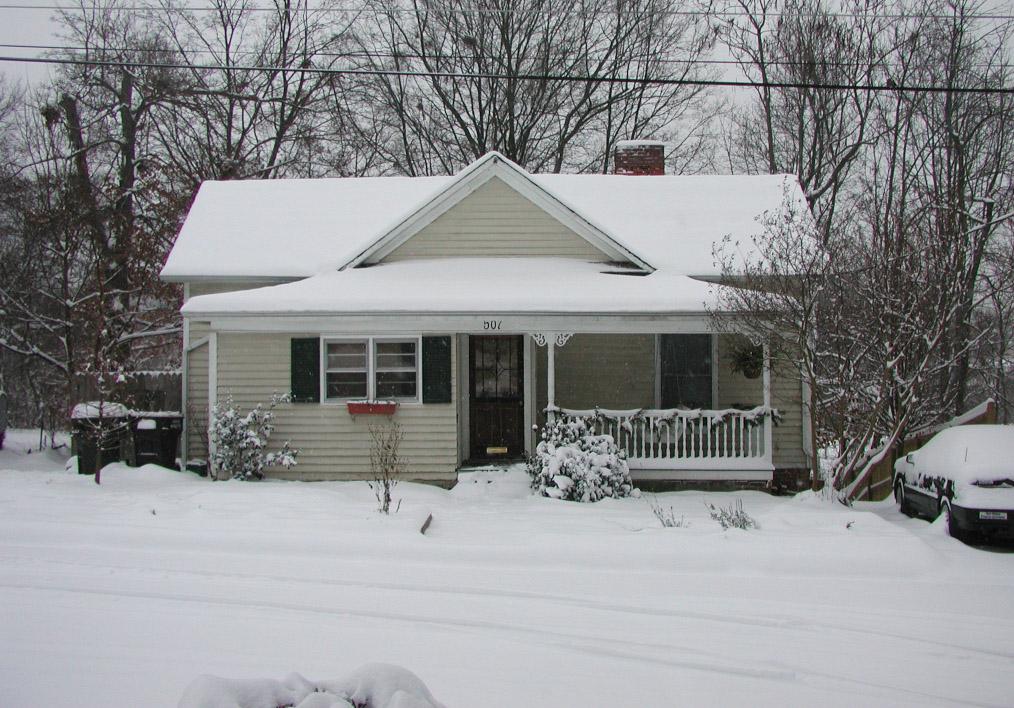
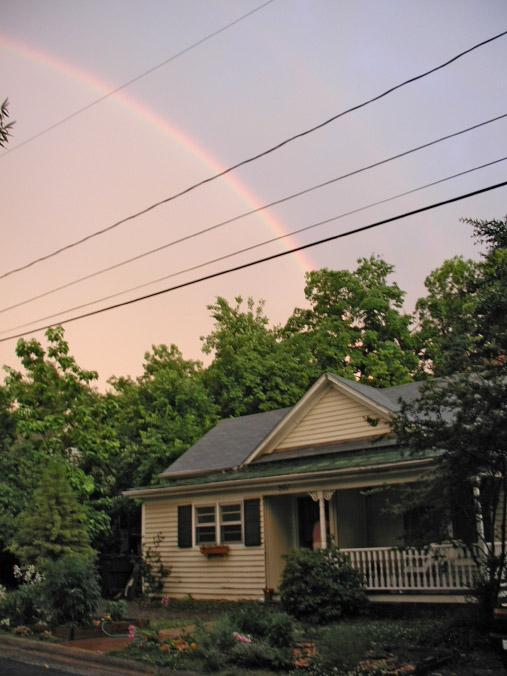
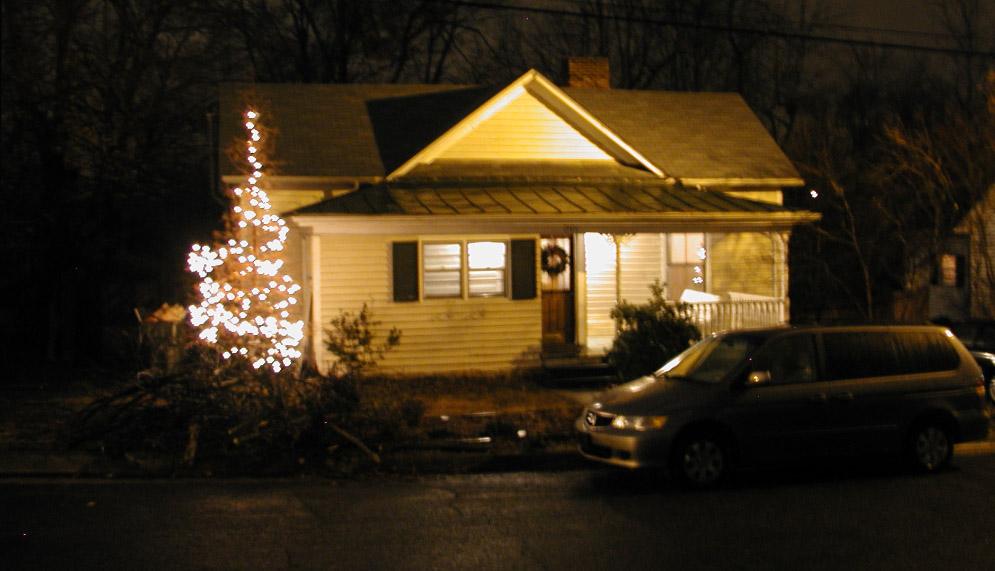
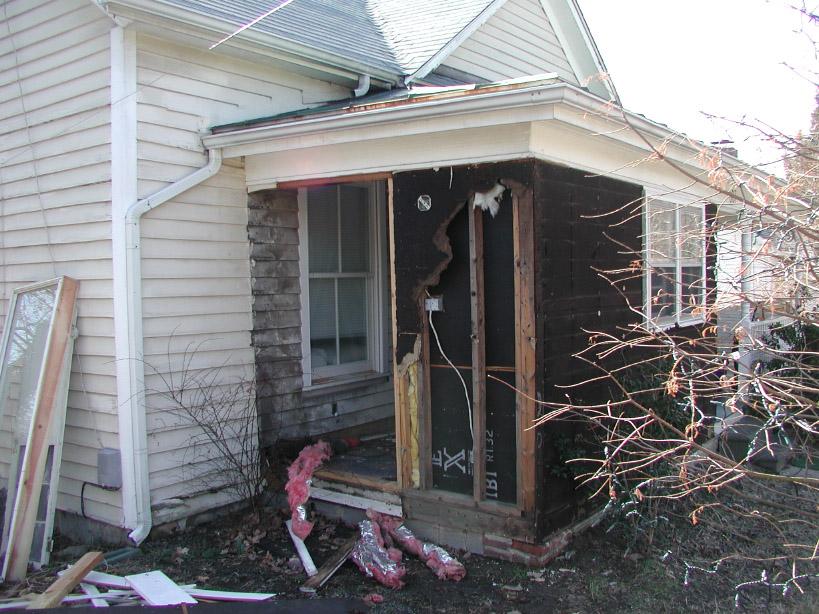
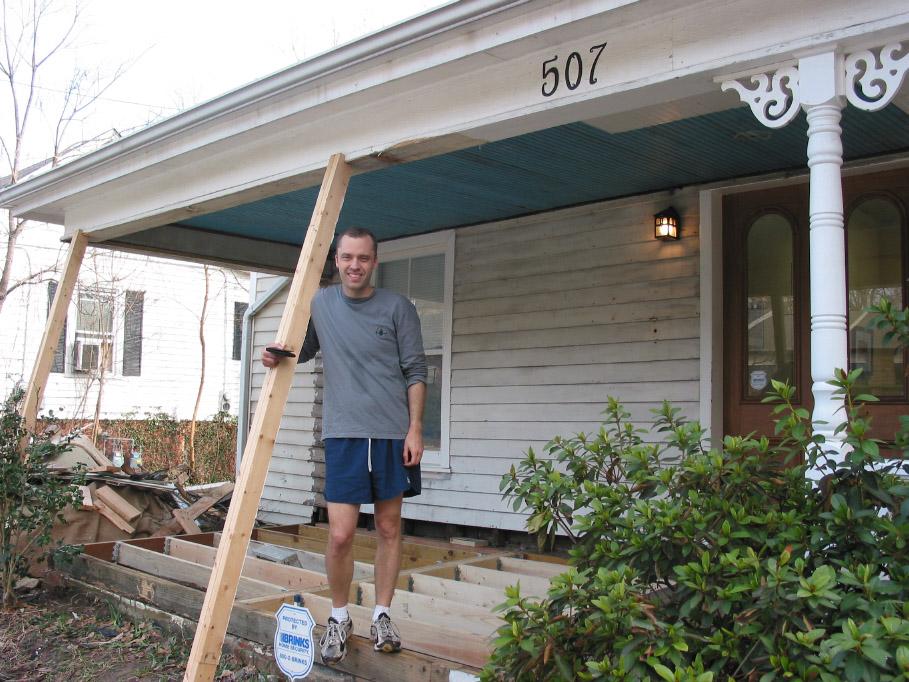
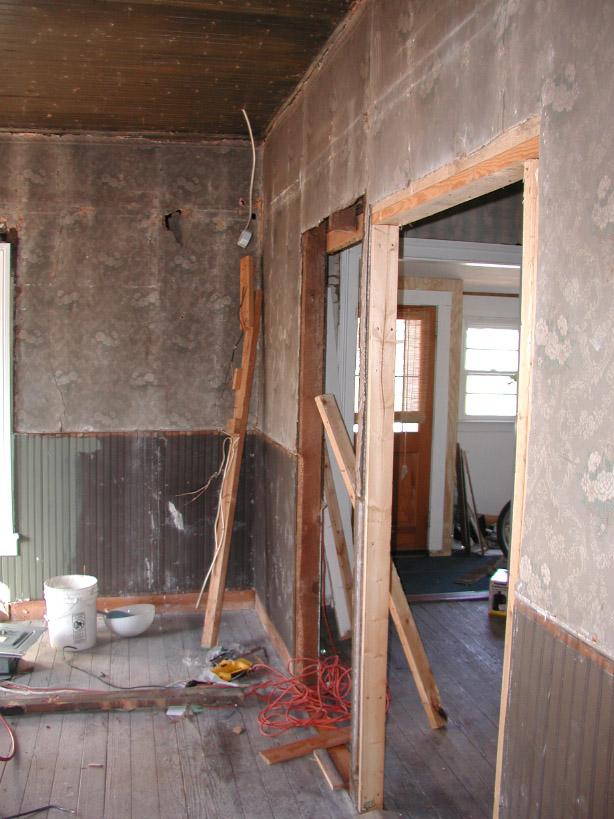
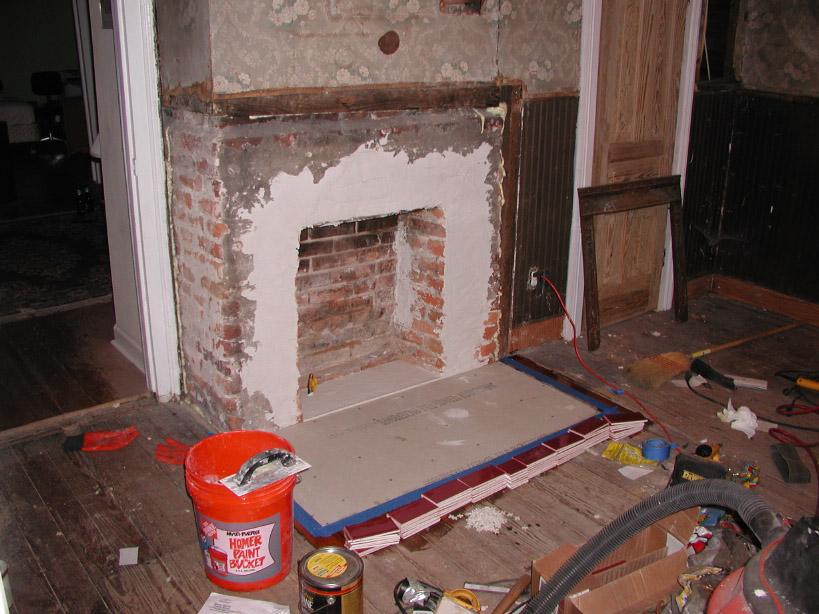
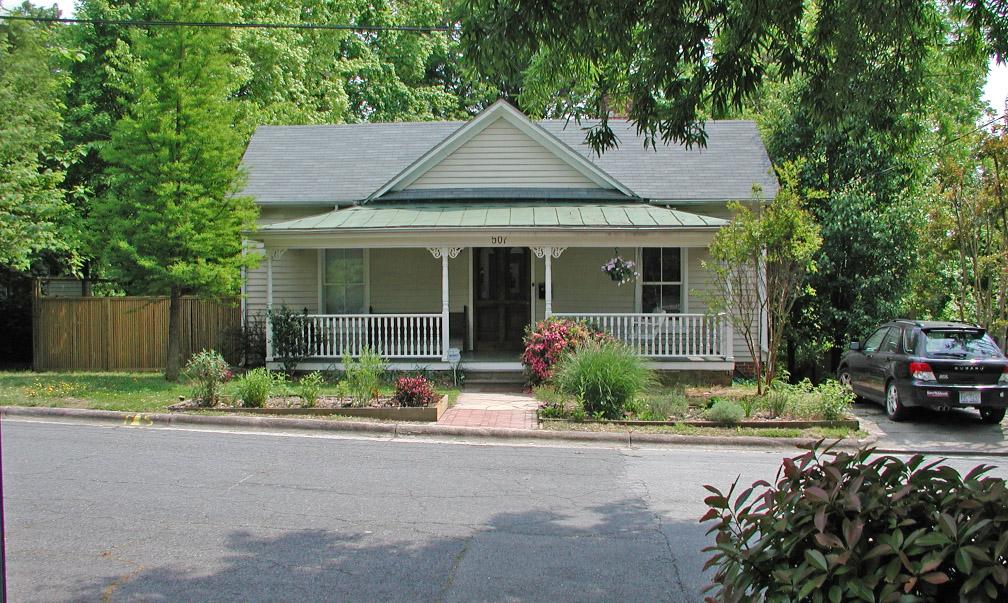


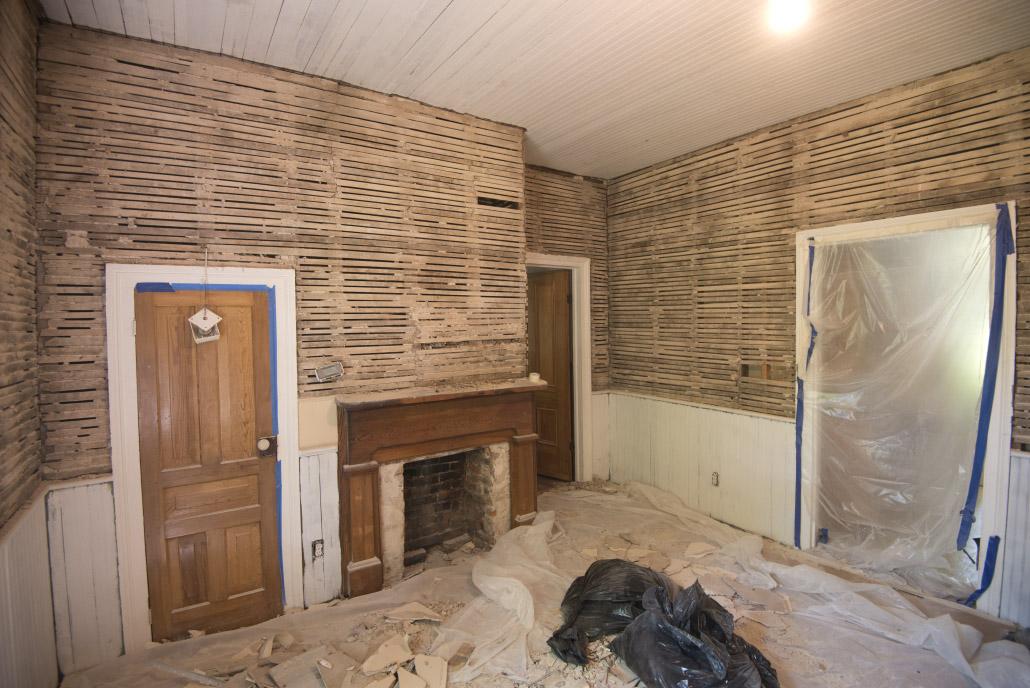
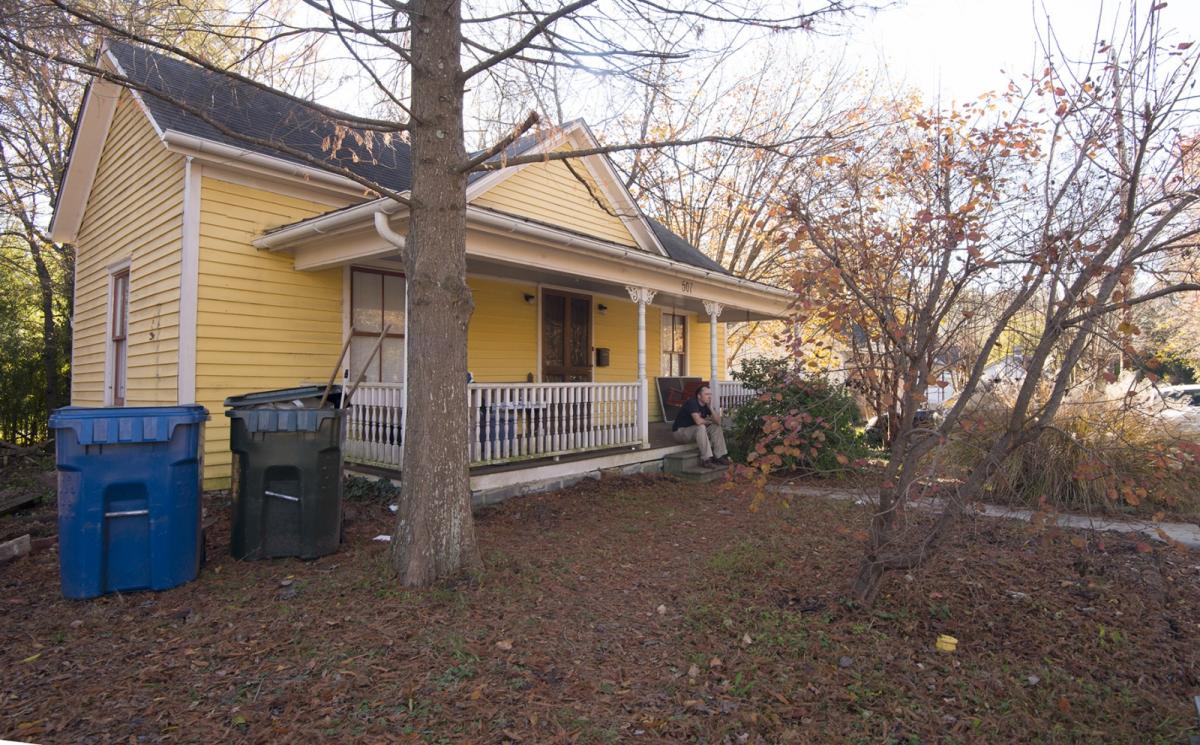
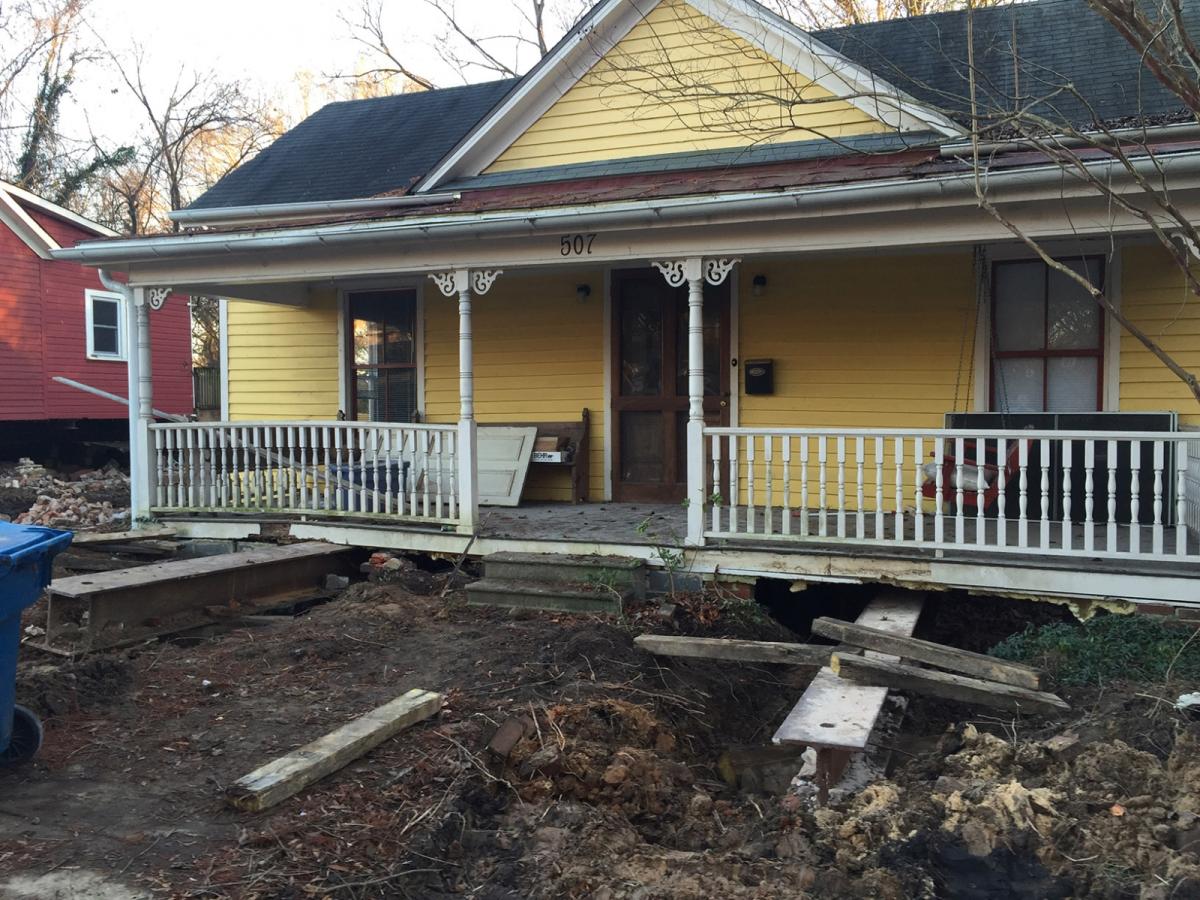
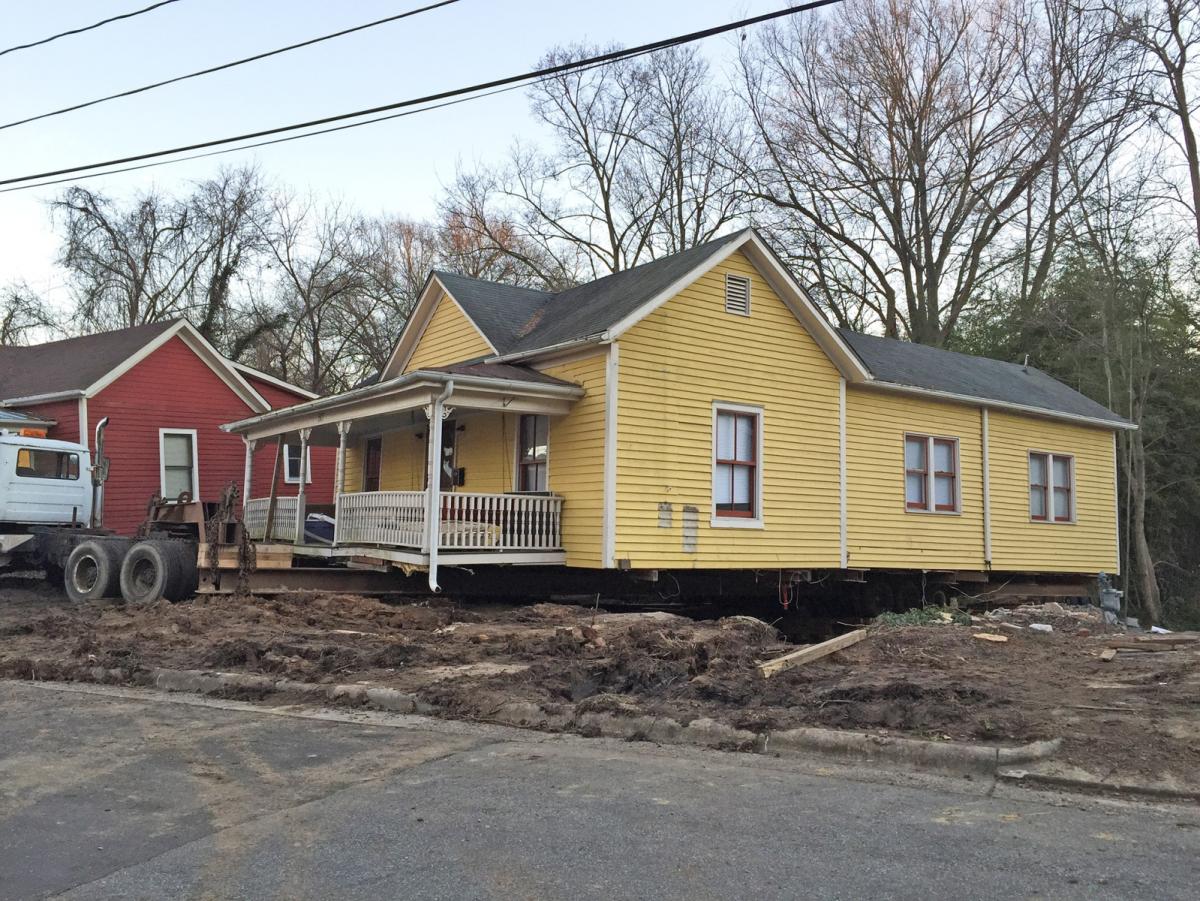
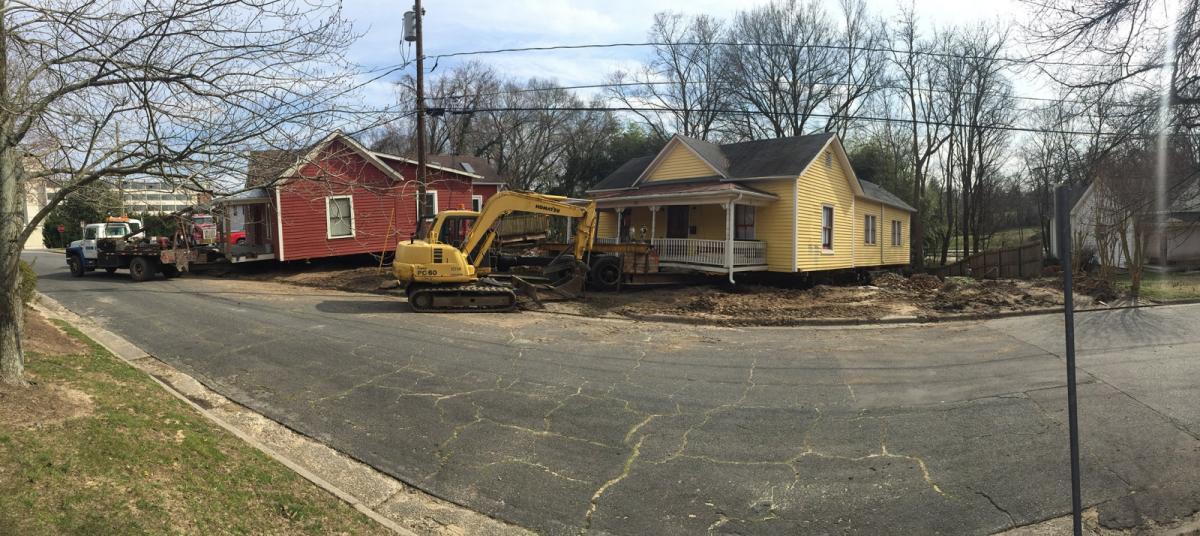
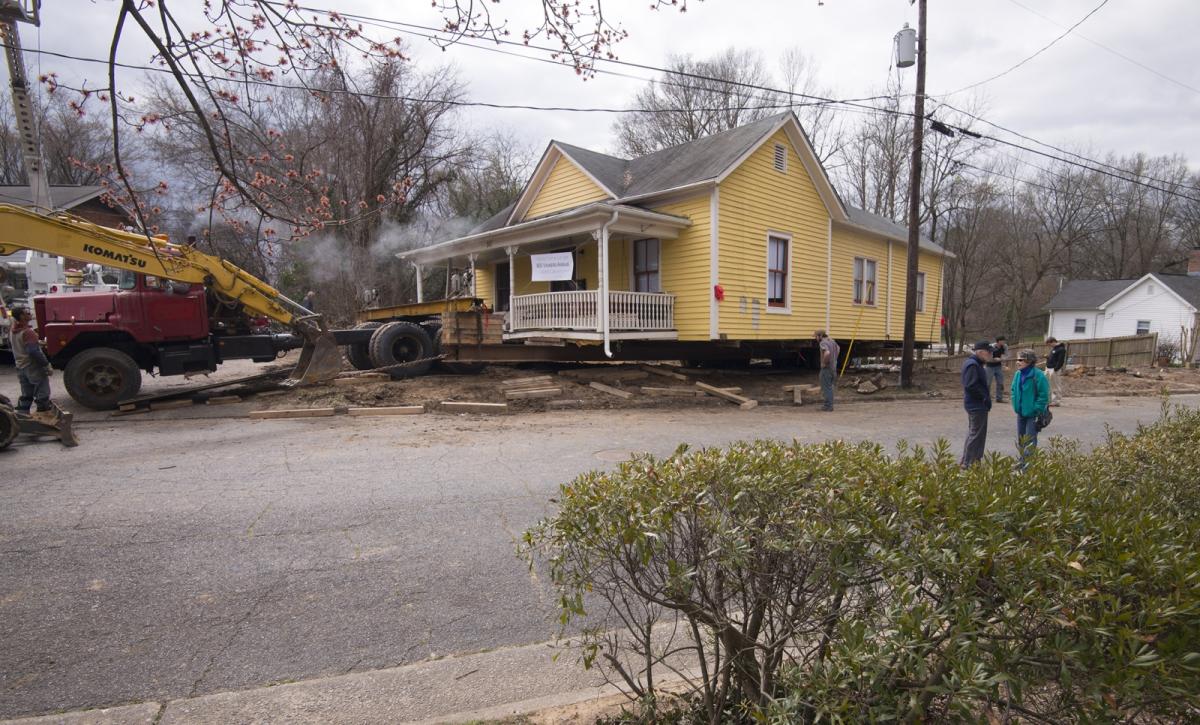

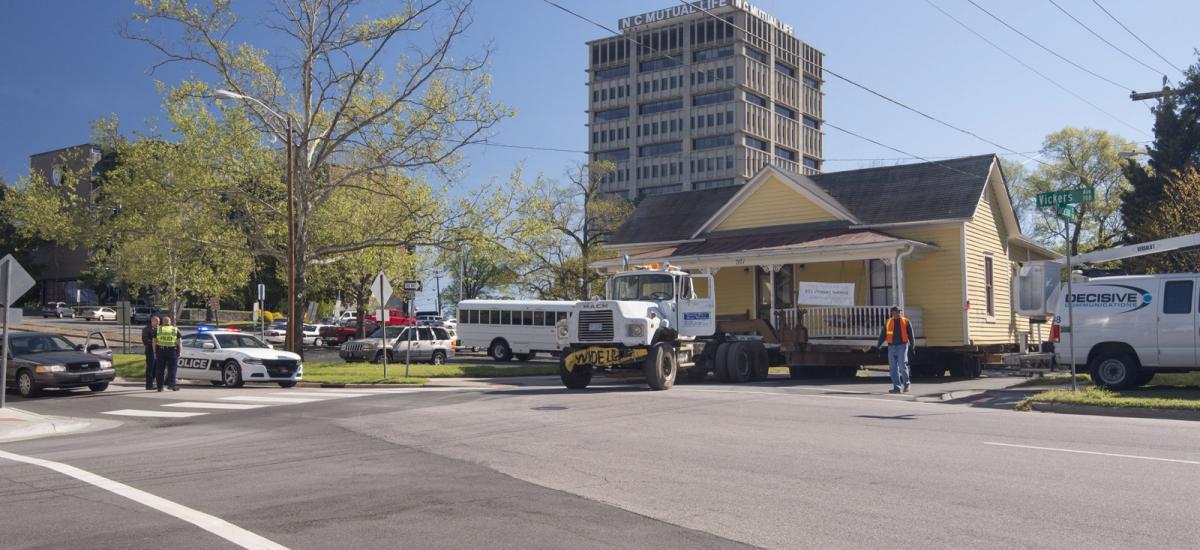

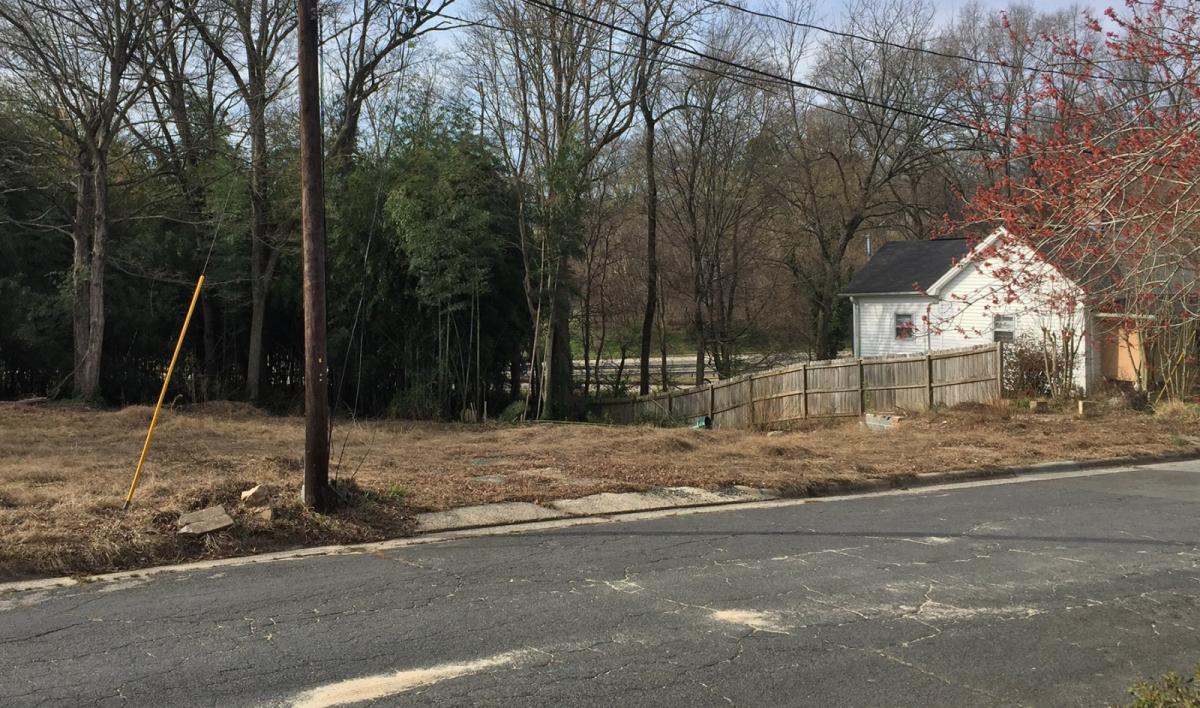
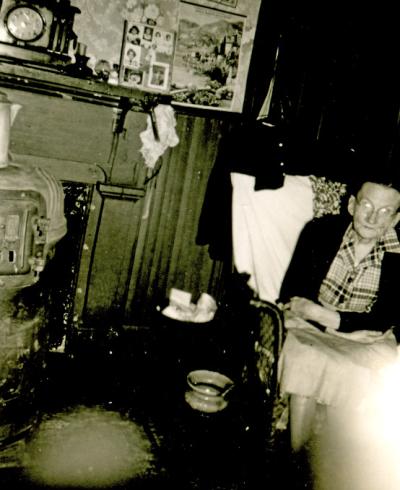
Comments
Submitted by kwix on Sat, 11/12/2011 - 9:18am
What? No trapezoidal roof in the restoration, Gary?
Actually, I like this look better anyway. Any interior shots?
Submitted by gary on Sat, 11/12/2011 - 10:32am
Kwix
This is a bit confusing - the trapezoidal-roof house 602 South Duke is gone
- 507 Yancey was built on land that once 'belonged' to 602 South Duke (i.e. the large parcel was subdivided into 4 smaller parcels.) of these 4 houses, 602 and 604 South Duke are gone, while 505 Yancey and 507 Yancey remain. But 507 is in its original form - I actually love the weird trapezoidal roof that 602 South Duke had - I definitely would have restored it!
GK
Submitted by Dennis Yancey (not verified) on Thu, 3/1/2012 - 10:12am
Any idea where Yancey street got its name?
Must have been Yanceys that lived on that street? Does anyone know which Yanceys and what house?
Is there a Yancey house still standing?
Submitted by gary on Thu, 3/1/2012 - 1:36pm
Dennis
I've never found a record of Yanceys living on the street. James Blackwell seems to have been the first resident on the street, and WG Vickers and BL Duke owned most of the land. My guess was that it was named after a person unrelated to the street - perhaps Bartlett Yancey, for whom Yancey County is named.
GK
Submitted by Durhamite (not verified) on Sun, 1/11/2015 - 7:24pm
I noticed the porch (prior to restoration) had a light blue ceiling. I hope it was retained. In the south, the blue ceiling on porches and blue on window trim keeps away bad spirits. No joke!
Submitted by formertarheel on Sat, 4/8/2017 - 5:09am
In reply to I noticed the porch (prior to by Durhamite (not verified)
The light blue ceilings on porches also kept mud dauber wasps from building nests on the ceilings. I guess their little wasp brains thought it was the sky ???!!!
Submitted by gary on Mon, 1/12/2015 - 11:22am
Durhamite - I can't say that I retained the exact blue that was on the ceiling of the front porch - it was kind of a robin's egg blue that was pretty intense, but I did repaint the ceiling of the front porch a light(er) blue. The story I heard growing up was that the blue ceiling was supposed to keep away the mosquitoes, with the further explanation that it confused them as to where the sky actually was.
I'm not sure it that was the New Orleans version or not, although New Orleanians are usually not shy about invoking more mysterious causes and effects. I can attest that it does not function as a mosquito repellent at all.
GK
Submitted by Durhamite (not verified) on Mon, 1/12/2015 - 1:53pm
Sherwin-Williams (on their website) agrees with you -and me: "Once just an old Southern tradition, the blue porch ceiling has made its way north and is being introduced to new generations. There are numerous theories as to why – from fooling spiders and wasps into thinking the ceiling is the sky, to blue being a harbinger of good luck, to the color extending daylight, to scaring away evil spirits."
Perhaps instead of choosing the anti-mosquito blue, you chose the anti-bad spirit blue. That sounds like pretty good news to me.
Submitted by formertarheel on Fri, 4/7/2017 - 8:39pm
It IS a small world.
I moved into 607 Yancey in October 1972, with my girlfriend and her sister. They already lived there. Winston Moore was their landlord, and we became friends. I did not have a job at that time, and I fell into helping Winston around his properties, mowing grass and the like. To pick up a little spending money.
I helped him install the drywall in 507 Yancey, in the room with the large fireplace, shown in the photos of the remodeling.Winston was trying to teach me how to drive the nails in and just "dimple" the nailhead below the surface of the sheetrock. So it could be filled in to cover the nailhead with drywall "mud." Well, I did not do so well, so I discovered that carpentry was probably not my calling.
Winston was a good friend, he helped me get my first car. He loaned me the money, and I paid him back at $25 a week until I paid back the $350. He had no reason to trust me, but he took a chance, and I was not going to let him, or myself, down.
He told me WWII stories, he was in Italy, he showed me a Italian military rifle he had brought home from the war.. It was like the one used to assassinate President Kennedy. A Mannlicher-Carcano.
Once I did keep my mouth shut, though--- at 607, the circuit fuse would blow if you used the stove and the dryer at the same time-- not immediately, but it would eventually. My girlfriends sister had 2 children, so lots of laundry, and a tight schedule. Once the fuse blew, and we did not have a spare. So, brilliant me took the fuse and wrapped it with tinfoil. It was one of the cartridge type, not the screw in type. Worked like a charm. My girlfriend and I moved out very shortly after. About a month later, I ran into Winston, and asked how everything was going over on Yancey St. He said "Some stupid blankedy- blank performer of perverted acts wrapped the dryer fuse with tinfoil, and the God Blessed house almost caught fire!!! oops
Add new comment
Log in or register to post comments.